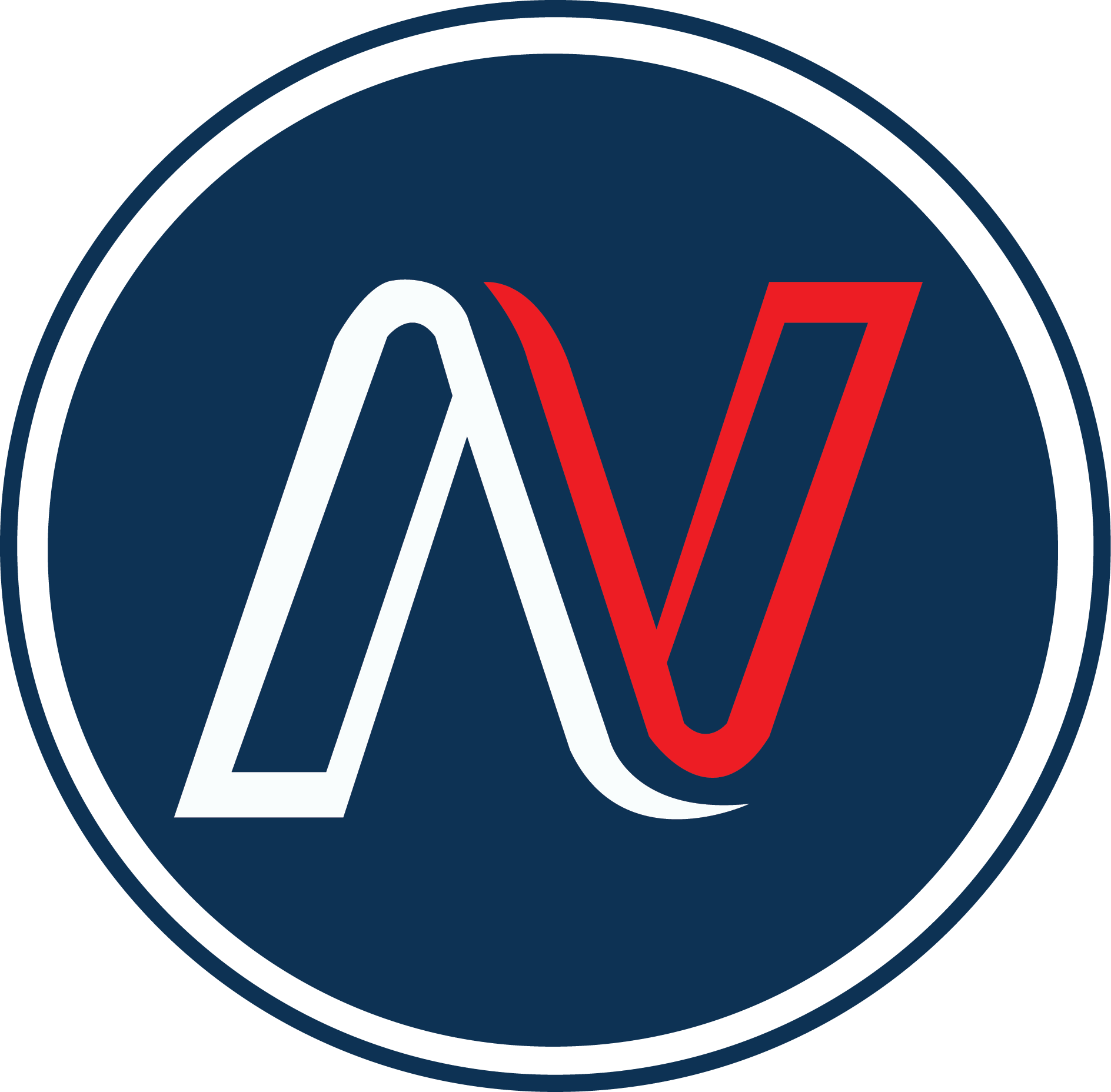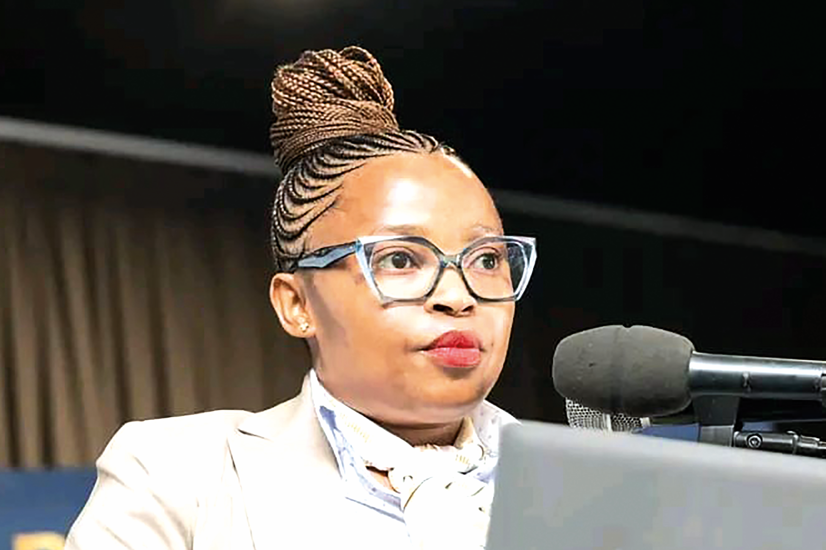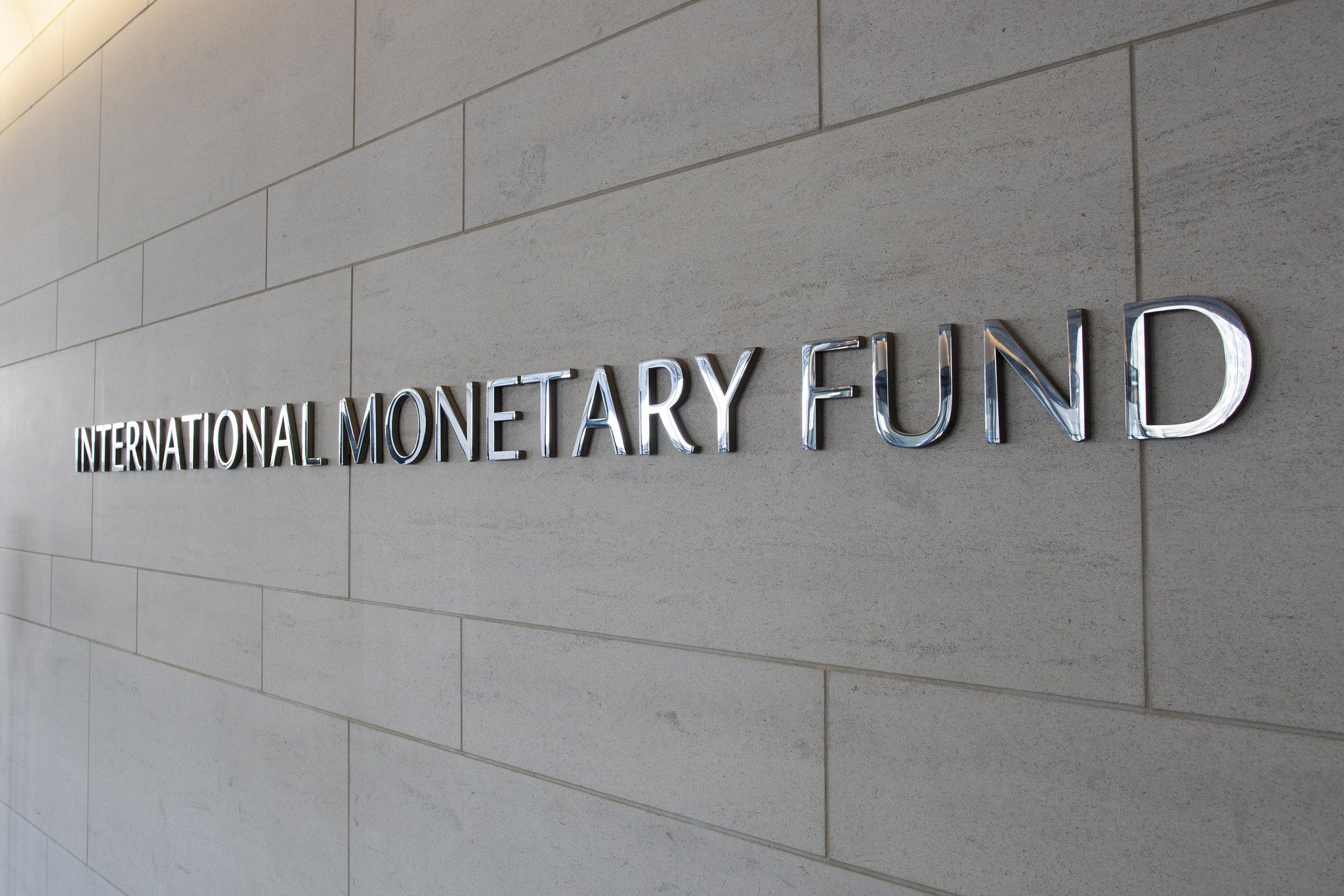Palesa Moloinyane
The Lesotho Registry of Interest in Movable Assets (LeRIMA), a government-backed initiative enabling the use of movable assets like livestock, vehicles, and equipment as loan collateral, is proving to be a quiet but powerful force in supporting financially excluded Basotho, particularly Micro, Small, and Medium Enterprises (MSMEs).
Launched in 2021 by the Central Bank of Lesotho (CBL), LeRIMA is gradually transforming Lesotho’s credit landscape by making financing more accessible for people and businesses that do not own immovable property.
MSMEs, smallholder farmers, and informal businesses, often overlooked by traditional banks, have been among the main beneficiaries of this innovative financial reform.
This week, CBL hosted an awareness campaign aimed at educating the public and financial stakeholders on how LeRIMA operates and its benefits.
The campaign highlighted how movable assets can be registered and used as collateral to unlock loans, thereby broadening access to finance for those historically left out of the formal banking system.
According to Bafokeng Noosi, Director of Other Financial Institutions at CBL, LeRIMA has made it possible for Basotho to access credit using movable property, a development that has been embraced especially by microfinance institutions.
“Microfinance institutions have especially embraced this initiative by promoting lending to MSMEs that do not qualify for traditional banking services,” he said.
Molise Sethobane, from the CBL Non-Bank Supervision Division, presented the legal framework and impact of LeRIMA, emphasising its purpose to simplify the use and enforcement of movable asset-based collateral.
“LeRIMA aims to make provision for the creation of a security interest in movable property, to provide the prioritisation of competing interests in movable property as collateral as well as establishing simplified and expedient enforcement,” he said.
Bolebali Taasoana, an analyst at the same division, showcased how the system functions and its growing usage across key sectors such as retail, construction, and government services. MSMEs now make up a significant portion of LeRIMA’s registered debtors, indicating a shift from dependence on immovable property to more inclusive forms of collateral.
“The data shows most debtors fall within the micro to small size category, and the majority of loans secured are small in value, underscoring LeRIMA’s mission to support financially excluded groups,” she said.
She further explained that the increasing number of security interests filed and registry searches demonstrate rising trust and awareness among lenders and potential borrowers.
“The system offers benefits like better protection for lenders, improved borrower discipline, and easier access to working capital for businesses without land or buildings. It aligns with Lesotho’s goals of fostering entrepreneurship, job creation, and the formalisation of the informal economy.”
However, Taasoana also acknowledged ongoing challenges. Despite its effectiveness, LeRIMA still suffers from limited awareness, especially in rural and underserved communities. She cited low digital literacy and poor internet access as barriers to wider adoption.
“To address these issues, we believe that strengthening public awareness campaigns, enhancing digital infrastructure, and building partnerships with local financial institutions could promote deeper adoption of LeRIMA services,” she said.
CBL officials echoed this sentiment, stressing the importance of increasing public education on LeRIMA to ensure a broader national impact.
First National Bank’s Leisa Leisanyane praised the platform’s usefulness but called for system upgrades to improve efficiency.
“We still use old platforms. It would help if documents opened directly on the system instead of downloading PDFs. This would save space and improve workflow,” he said. He also suggested adding notification features for smoother operations.
Summary
- The Lesotho Registry of Interest in Movable Assets (LeRIMA), a government-backed initiative enabling the use of movable assets like livestock, vehicles, and equipment as loan collateral, is proving to be a quiet but powerful force in supporting financially excluded Basotho, particularly Micro, Small, and Medium Enterprises (MSMEs).
- According to Bafokeng Noosi, Director of Other Financial Institutions at CBL, LeRIMA has made it possible for Basotho to access credit using movable property, a development that has been embraced especially by microfinance institutions.
- “LeRIMA aims to make provision for the creation of a security interest in movable property, to provide the prioritisation of competing interests in movable property as collateral as well as establishing simplified and expedient enforcement,” he said.

Your Trusted Source for News and Insights in Lesotho!
At Newsday Media, we are passionate about delivering accurate, timely, and engaging news and multimedia content to our diverse audience. Founded with the vision of revolutionizing the media landscape in Lesotho, we have grown into a leading hybrid media company that blends traditional journalism with innovative digital platforms.






